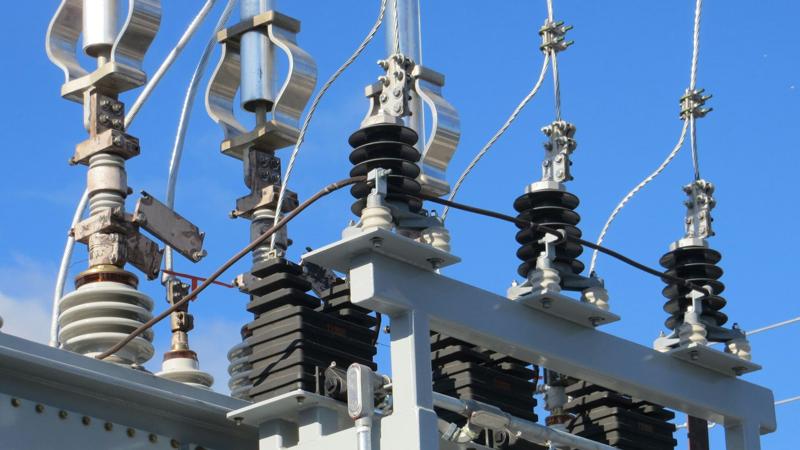A new report shows which states pay the most, and the least, for their energy.
The report from the American Legislative Exchange Council showed that Wyoming, North Dakota, Idaho, Utah and Nebraska had the cheapest electricity, ranging from an average of 8.24 to 8.82 cents per kilowatt hour. Electricity was most expensive in Hawaii, California, Massachusetts, New Hampshire and Connecticut, ranging from 21.08 cents per kilowatt hour in Connecticut to 39.72 cents per kilowatt hour in Hawaii.
Consumers pay higher prices for their electric utilities in states that have more regulations on their energy sector, according to the report.
The council released its 4th annual Energy Affordability Report, a “comprehensive analysis of energy prices across the U.S.,” on Wednesday, April 2, finding the lowest prices for electricity in several western states and the highest prices in Hawaii, California, and several northeastern states.
With data from the U.S. Energy Information Administration, the report first looked at 2023 electricity prices in cents per kilowatt-hour across states’ residential, commercial, industrial and transportation sectors. After evaluating states based on cost, the report analyzed three energy policies shaped by state legislatures: renewable portfolio standards, participation in a CO2 cap-and-trade program and statutorily-mandated rules regarding net metering.
The report does note that both Alaska and Hawaii are at a disadvantage when it comes to electricity costs due to their geographic isolation and lack of shared infrastructure with other states. But the report also found an absence of certain policies in the states with the lowest electricity prices.
“Idaho, Wyoming, and North Dakota—avoid RPS mandates and cap-and-trade programs. Utah, the 4th lowest average cent per kWh price, has a voluntary renewable goal of 20% by 2025, but it is not a mandate,” the report said. “Idaho does not have state-mandated net metering at all, while Utah does have a compensation program that is capped. Wyoming does have net metering.”
By contrast, the five states with the highest electricity prices implement stricter regulatory structures.
“All five of these states have in place Renewable Portfolio Standards and cap-and-trade programs,” the report said. “Additionally, each of these states imposes a mandated net metering policy on its utilities, which is where utility companies pay consumers who generate electricity from rooftop solar panels for any excess electricity these panels push back onto the electric grid.”







